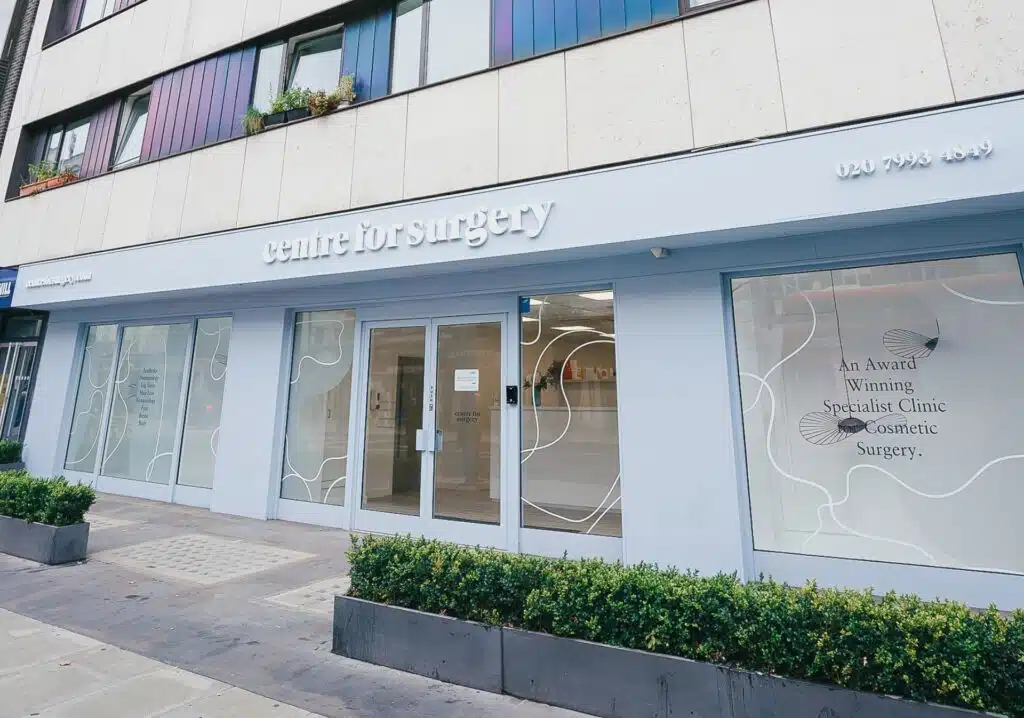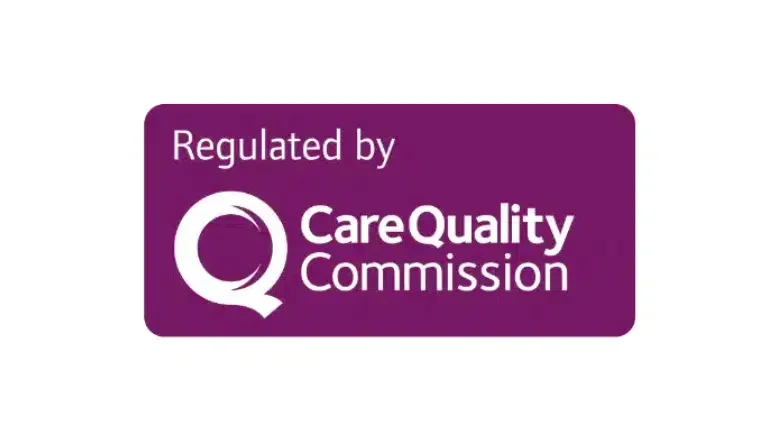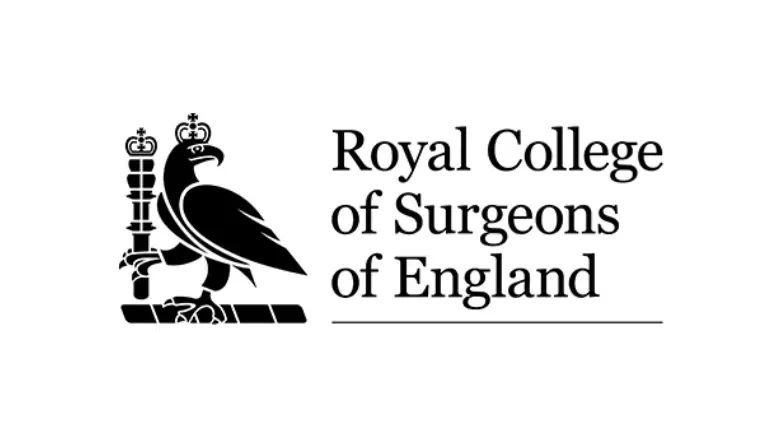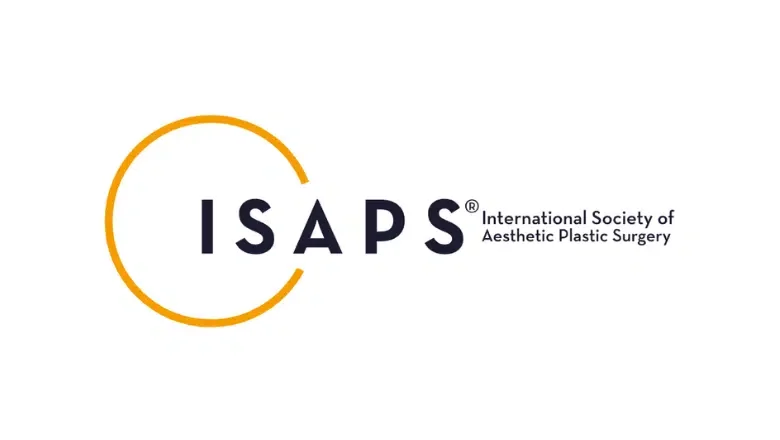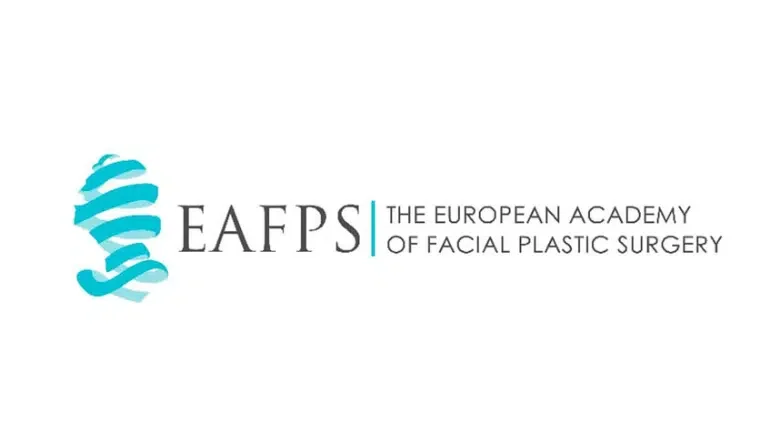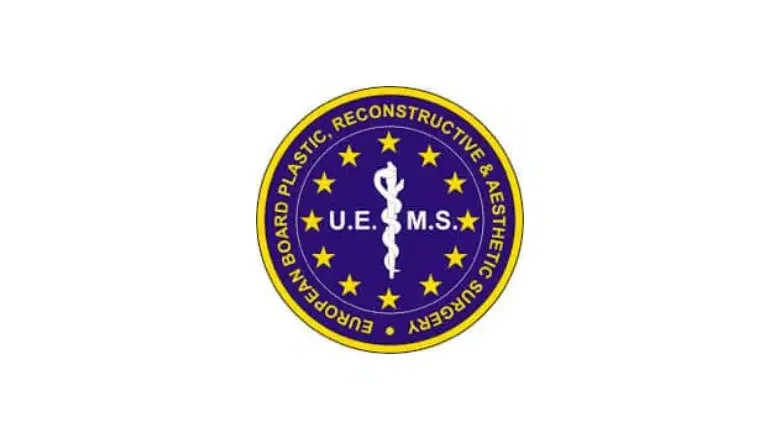As with any surgical procedure, there are certain risks involved. Breast augmentation is an invasive type of cosmetic surgery involving the surgical placement of breast implants. Breast augmentation in the UK is considered a very safe procedure with a low risk of complications. Breast implant illness or BII has recently been discussed in the media, and many patients may be wondering whether this is a recognised complication of breast implant surgery.
RELATED: Latest Update on Breast Implant Illness – Symptoms & Treatment
Breast implant illness, or BII, describes a range of potential symptoms that may occur after breast augmentation surgery. Breast implant illness is not yet entirely accepted by the medical community as a formal diagnosis because it covers a wide range of potential symptoms. Some patients may experience tension-type headaches with dry eyes or dry mouth. Other patients may suffer from chronic fatigue and muscle aches and pains.
RELATED: Is There A Breast Implant Illness Test?
Recognised complications of breast augmentation surgery include the risk of bleeding or infection, as can occur after any surgical procedure. It is always worth carrying out plenty of research about all aspects of the procedure to identify potential symptoms of concern before they progress further. Here we discuss likely symptoms of breast implant illness and what to look out for during the recovery period after breast augmentation.
What is Breast Implant Illness?
Breast Implant Illness (BII) is a term people use to describe a range of symptoms that some individuals experience after getting breast implants. These symptoms can vary widely and aren’t limited to one specific part of the body. People started talking about a link between breast implants and these types of symptoms as far back as the 1960s, according to research in the Plastic and Reconstructive Surgery Journal. Another term for this condition is autoimmune/inflammatory syndrome induced by adjuvants (ASIA).
RELATED: What Are My Options Following Breast Implant Removal?
Even though people have been discussing BII for a long time, it’s still a topic that divides opinion. The internet, especially social media, is full of posts about BII. But it’s important to note that not all of this information is accurate. Even within the UK’s plastic surgery community, there isn’t a clear agreement on whether BII is a real condition or if the symptoms are caused by something else entirely.
Researchers and cosmetic surgeons worldwide are investigating BII to understand how these symptoms occur, the best way to treat them, and what’s actually going on inside the body. They’re studying all types of breast implants, whether filled with saline or gel or have a smooth or textured surface, to see if any of these factors could be contributing to the problem.
At the moment, BII isn’t officially recognised as a medical condition. This is mainly because there isn’t enough scientific research that looks at BII as its own unique condition. However, efforts are being made to better understand it. In March 2019, the U.S. Food and Drug Administration (FDA) held a meeting to discuss the risks and benefits of using breast implants for cosmetic or reconstructive purposes. They also talked about BII during this meeting. In September 2020, the FDA even recommended updating the labels on breast implants to make the information easier for people to understand. These updates would include ‘black box’ warnings that highlight both the good and the bad sides of getting breast implants, so people can make more informed decisions.
So, while it may not be medically recognised just yet, BII is certainly a topic that’s gaining more attention and becoming a more important part of the conversation about breast implants.
Potential symptoms of breast implant illness after having breast augmentation
Breast implant illness is still being actively studied by researchers and is not yet fully understood, although there are specific symptoms that are more likely as part of breast implant illness. It is helpful to understand what breast implant illness is and what symptoms to look for in case you experience similar symptoms after breast augmentation. It is important to remember that breast implant illness is sporadic, and certain symptoms should be taken seriously during breast augmentation recovery. Many of the symptoms described below can often be found in other medical conditions and are often short-lived. If you have any concerns about potential breast implant illness symptoms, we recommend having a follow-up appointment with your surgeon for a detailed clinical assessment.
RELATED: Common Symptoms of Breast Implant Illness
A decline in mental well-being
Many patients may have difficulty focusing on specific tasks, become increasingly irritable, forgetful or develop short-term or long-term memory loss as part of a “brain fog” syndrome.
Fatigue and lethargy
Lack of energy may also be reported by many patients who often feel tired for most of the day and lack the energy to carry out normal activities.
Sleep disruption and insomnia
Although it is common to experience altered sleeping habits in the early period after breast augmentation surgery, this is most commonly due to the need to sleep on your back, which may not be ideal for many patients who prefer to sleep on their side or front. Some patients may develop persistent alterations to their sleeping habits and may have difficulty falling asleep or staying asleep.
Hormonal imbalance
Disruption in the levels of oestrogen and progesterone may contribute to potential symptoms of breast implant illness. Patients may develop hair loss or weight changes. A reduced sex drive or may be experiencing early menopausal symptoms. Some women may produce alterations in the normal menstrual cycle.
Skin concerns
Changes in pigmentation and the development of a coarse skin texture may occur. Allergic reactions may be more common, including persistent itchiness or dry skin on specific body areas such as the legs.
Gastrointestinal upset
Patients may be more prone to developing abdominal discomfort, loose stools or constipation, which may be indistinguishable from symptoms of irritable bowel syndrome.
Breast changes
Breast implant illness may be linked to symptoms affecting the breast. Typical examples include pain and discomfort, swelling, change in breast shape, redness, nipple discharge or an increase in heaviness.
How is Breast Implant Illness Treated?
Treatment for Breast Implant Illness (BII) is still a hot topic of debate among medical professionals, mainly because the condition itself isn’t officially recognised. That said, several approaches are commonly considered.
One major study published in the Annals of Plastic Surgery indicated that removing the implants and the surrounding scar tissue (known as the capsule) led to significant improvements in symptoms for a number of patients. While these results are promising, experts agree that more research is needed to confirm the long-term effectiveness of this treatment.
A commonly discussed surgical approach is En Bloc capsulectomy, which involves removing the implant and the capsule around it in one piece. At Centre for Surgery, our qualified plastic surgeons have years of experience with this technique and have observed significant improvements in symptoms in the majority of our BII patients.
Our philosophy is straightforward: when a foreign object like a breast implant is inserted into the body, the body’s natural reaction is to form a protective scar tissue around it, known as a capsule. The symptoms of BII could potentially be related to the implant itself, contaminants on its surface, or the capsule. Removing all these elements in one go minimises the body’s exposure to any potential irritants. Moreover, for implants with a textured surface, en bloc removal eliminates the risk of developing a type of cancer known as Lymphoma (ALCL) in the capsule.
RELATED: Breast Implant Removal (Explant)
However, it’s important to note that En Bloc capsulectomy is a more complicated surgical procedure that comes with its own set of risks like bleeding (hematoma), collapsed lung (pneumothorax), and deformity, especially in women with thin tissues. Because of the associated risks, it’s crucial that such procedures are performed by experienced surgeons.
Before considering implant removal, you must rule out other potential causes of your symptoms. This often involves a variety of tests including complete blood count, thyroid function tests, and liver and kidney function tests, as well as breast imaging when indicated.
Patients need to get information from reliable sources. Many people turn to social media for information on BII, which often leads to misinformation. Consulting experienced surgeons for accurate and reliable information is crucial for effective treatment, regardless of the underlying cause of your symptoms.
RELATED: Breast Implant Removal FAQs – Q&A about Explant Surgery
What are the medical risks of breast augmentation?
Much is still unknown about breast implant illness and whether it exists as a defined medical condition. Breast augmentation is most commonly associated with certain risks. When performed by an expert consultant plastic surgeon, the risks of breast augmentation are considered minimal. Typical risks include:
- Capsular contracture
- Implant rupture
- Seroma
- Haematoma
- Changes in the sensation affecting the nipples or breasts
- Inability to breastfeed
- Excessive scarring
What are the cosmetic risks of breast augmentation?
Many patients are often more familiar with breast augmentation’s cosmetic risks than the medical risks described above. Some patients may be unhappy with their procedure’s outcome, which is often related to unrealistic expectations for treatment or when the surgeon does not achieve what the patient was looking for. Recognised cosmetic complications of breast augmentation include:
Too big or too small
The most common risk associated with breast augmentation is having implants considered too large or too small compared with treatment goals. Here at Centre for Surgery, we always strongly recommend trying on implants with breast sizes during the consultation to form a good idea of which size of implant you like the most. The ideal implant will also match your chest wall anatomy.
Implants that sit too high on the chest
Breast implants often appear higher up on the chest during the early recovery phase, and it’s not necessarily related to implant malposition. It is normal to have swelling in the early recovery period, and the implants will gradually fall into the correct position during the first four weeks of recovery.
Implants that are too low
Just as breast implants may be positioned too high on the chest, they can also end up too low as part of a ‘bottoming out’ phenomenon. Women with minimal breast tissue may find the implants are not adequately supported, which may result in the implants sitting lower on the chest and more commonly occurs with excessively large implants due to their extra weight.
Implants positioned too close together or too far apart
Breast implants may be placed too close, resulting in symmastia, which is related to improper implant placement. Symmastia can be very difficult to correct. Implants can also be positioned too wide apart, which is also related to poor surgical planning and execution.
FAQs
Can Breast Implants Cause Autoimmune Disorders?
There’s ongoing research to explore the link between breast implants and autoimmune disorders. One large-scale study from the Annals of Surgery noted that women with silicone breast implants had higher rates of autoimmune conditions like Sjogren syndrome, scleroderma, and rheumatoid arthritis compared to those without implants. However, it’s important to note that the study didn’t say the implants caused these conditions, but rather there was a higher occurrence of them in women with implants. Further research is needed to understand the nature of this relationship better.
Can Breast Implants Cause Weight Gain?
While it’s not unusual for women to experience some weight gain following breast augmentation, the implant itself usually only contributes a small portion of this added weight. More often, the weight gain is temporary and can be attributed to fluid retention after the surgery. Other factors like swelling and reduced physical activity during the recovery period can also contribute. Over the long term, any permanent weight gain is typically just the weight of the implants themselves.
Do Breast Implants Cause Heart Problems?
The evidence is limited when it comes to breast implants and heart problems. Some research suggests that implants could interfere with Electrocardiogram (ECG) readings, potentially leading to a false diagnosis of a heart attack. The implant may act as a barrier between the heart’s electrical activity and the ECG electrodes, causing misinterpretation of results. However, there is currently no scientific evidence to suggest a direct link between breast implants and heart disease.
Do I need to remove the whole Breast Implant Capsule – ‘en bloc’ removal?
The approach to removing the breast implant capsule—whether to opt for “en bloc” removal or partial capsulectomy—is a subject of debate and ongoing research in the medical community. In “en bloc” removal, the implant and the entire surrounding capsule are removed together as a single unit. This technique is often recommended by those who believe it helps to eliminate potential triggers of Breast Implant Illness (BII). However, “en bloc” capsulectomy is a more invasive procedure that carries its own risks, such as the potential for pneumothorax (collapsed lung), hematoma, and longer surgical times.
Partial capsulectomy involves removing the implant and only part of the capsule. Some recent research suggests that this approach may yield similar outcomes to “en bloc” removal in terms of symptom relief, with a potentially lower risk profile.
Where Beauty and Medical Science Unite
Centre for Surgery: The Art and Science of You
Centre for Surgery, situated at the upscale 95-97 Baker Street in London, is the ultimate destination for those who seek excellence in plastic surgery.
Exceptional Talent
Our surgeons are not just medical experts; they are artists who understand the intricacies of the human form, ensuring that your results are aesthetically pleasing and anatomically sound.
Concierge Care
We offer a full spectrum of support services, from consultation to aftercare, making your experience as comfortable and pleasant as possible.
Words from Our Happy Clients
🌟 Clara R., 36, Eyelid Surgery “I couldn’t believe how quickly I recovered, and how fantastic the results were. I owe it all to Centre for Surgery!”
🌟 Mike S., 48, Body Contouring “The procedure was a game-changer for me. The staff and surgeons at Centre for Surgery are top-notch!”
🌟 Linda M., 55, Facelift “I’ve found the fountain of youth, and it’s at Centre for Surgery! The results are incredible!”
Book Your Journey with Us
📞 Phone: 0207 993 4849
📧 Email: contact@centreforsurgery.com
📍 Address: 95-97 Baker Street, London W1U 6RN
We eagerly await the opportunity to be part of your transformation journey.
Schedule a breast augmentation consultation at Centre for Surgery today
Being on the lookout for potential clinical features that may suggest a complication after breast augmentation surgery is important. However, it should also be noted that the risks of breast augmentation surgery are very low when performed by an experienced plastic surgeon. The vast majority who have breast augmentation at Centre for Surgery in London are incredibly pleased with their results. We recommend conducting plenty of research and asking as many questions as possible at your consultation before deciding to proceed with breast augmentation in London. Breast augmentation surgery is performed at our state-of-the-art Baker Street clinic in Marylebone.
To learn more about breast augmentation and potential risks, please get in touch with us on 020 7993 4849 to book a consultation or complete the contact form below.
RELATED: Breast Augmentation Before And After Photos

